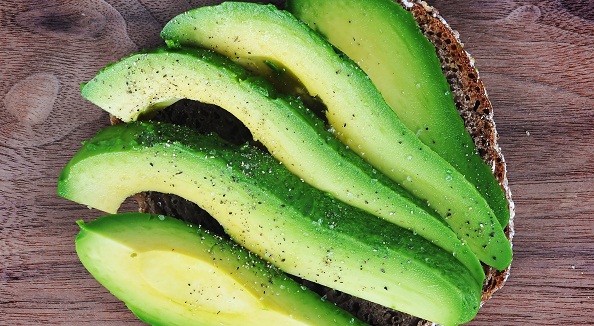Brazil forecasts huge Hass avocado growth

Brazil is aiming to become a major player in the global Hass avocado industry, with production of the variety set to expand exponentially over the coming years.
Responding to the rising international demand, the country is evaluating initiatives to increase its participation in international markets, especially Europe, its main buyer.
At present, green-skinned varieties are predominant in Brazil, with only around 10% of the 25,000 hectares planted of avocado corresponding to Hass, according to Jorge Souza, project manager of national fruit association Abrafrutas.
He said the country has historically been more focused on the sweeter varieties, which are commonly used in products like milkshakes.
Brazil continues to exhibit its green-skinned varieties at international trade fairs, but Souza said it is clear that the future is in with Hass.
"Everyone talks about the Hass avocado. Canada wants Hass, China is importing Hass avocado, the United States, Europe. It is a fruit that has had a very important growth in its consumption, all over the world," said Souza.
Hass export volumes remain low, but the soaring growth over the last couple of years indicates there is an interesting future for the country.
In 2016 around 4,900 metric tons (MT) were exported, followed by 7,800MT last year. During the first half of this year alone, however, some 7,000MT were exported - almost the total shipped in the whole of the previous year.
"We are growing, we have many regions with a suitable climate and the producers are really increasing their income with all this, because the demand is much higher than the supply," said Souza.
According to the association’s forecasts, in five years there are expected to be five to six times more hectares planted of Hass avocados.
"Brazil has an unparalleled territorial extension and the opportunities for plantations are huge," said Ligia Falanghe Carvalho, director of marketing and human resources at Jaguacy, one of Brazil’s leading Hass-exporting companies.
However, Carvalho pointed out that in order to really boost the industry, public policies are needed that allow more markets to open up.
Mangoes and limes
Souza also mentioned that the Brazilian mango harvest is now fully underway. The first-ever shipment of 25MT was sent to the South African market a few weeks ago to evaluate the market response.
In addition, the lime season is kicking off in October. 62,000MT of the fruit were exported to the EU last year.
"We expect a growth of 18% in relation to 2017, so we are expecting something like 73,000 to 75,000MT,” he said.
He said that market prices tended to be volatile, and industry returns would largely depend on the volumes coming out of Mexico.
"Last year, we got close to US$50 million with limes," he said.
Photo: Shutterstock.com













































